Design a sensory, embodied experience of V&A’s online collection
WEEK 4
After receiving feedback we started building more contextualising thinking, we started building our concept with
What does our experience do?
Create new and innovative methods for interacting with a physical and virtual museum
Act as a tool for education
Provide an interactive way to learn about different cultures and periods of art history
We got into a group discussion, and yes, it's best to build ideation together and then think about it individually. We spoke about how we can make some kit. We ended up bringing card games that could connect people from physical to digital from scanning the cards kept in various places and then seeing masterpieces in augmented reality and discover the secrets of collections from different places of world.
In order to facilitate both physical and digital aspects of our pop-up museum, we will use location and orientation sensors of a smartphone, such as the GPS, rotation sensor, accelerometer, proximity sensors and gyroscope to create a Augmented Reality experience.
The way I started seeing things made question, why cards, why not having something more purposeful and connected to our lives, I came up with the thought of
building miniature of objects. Yes, why not!!
A tool addresses human needs by amplifying
human capabilities.
Image: Victor, B. (2011) Available at:http://worrydream.com/ABriefRantOnTheFutureOfInteractionDesign/
And that's great! I think hands are fantastic! (Victor, 2011)
Thought is to let the audience explore the environment and interface designed by the artist through touching, listening, moving around, and breathing. The Ritual of creating a physical aspect and connecting it to digital technology indulges the creative participation process of art-making. The experience of the digital dimension unfolds the art within a broader life experience.
.
Our Final Concept
Allowing people to bring the treasures of the V&A collections into their own homes.
Includes printing template of the object, making paper miniature through experience of origami to induce in the details of the object from collection and keeping it accessible to all at the same time.
Put very simply augmented reality overlays after scanning 🤳🏽, your self made origami miniature in the world around you that can be seen through a smartphone, tablet and heard through your microphones or speakers.
Let’s start Building
Making of miniature model
Our group decided mutually, and I took the initiative to start exploring the making of the miniature. In our group discussion, we gave a thought to many materials, but we want to keep this experience with accessibility on top.
I made a template of Islamic Vase to try out how it makes you feel.
Further, we started working on the steps which will make this experience a success. As it's the process of failures, Sanjana and I were in continuous conversations to build it the way we wanted. We discussed few initial ideas on the gestures and features, making the experience interesting for the people. We used software tools to create mockups and recorded the actions through our phone camera.
Placing model in desired space
As soon you make the miniature, you place it in your space, it can be anywhere in your surrounding!
Opening V&A Application and Scan the object
Scrolling & Scaling 🤏🏽 Features
Recontextualise 🪄 the object in the space
Mid-Point Review Feedback
Our Review was with the team of V&A and our MA UX students and faculty. Our feedback on the work we presented was positive in creating something participatory and giving a recall value simultaneously.
Jack mentioned that the presentation was clear to understand and advised us to focus on a specific audience. He liked the 'miniature model' idea a lot. As his mind started building the blocks of what if? He also mentioned how you could create an experience for a post or pre-visit in the museum.
Jack said, 'Use of miniature models is very clever and gives original setting to it.' It can be beneficial to start thinking of what can be next to engage people. Our classmate Sylvester liked the idea of making a model of how it's accessible, download-print-experience.
He was curious and amazed about how context changes when you compare in the old period. Ines discussed how their group took it in another way round, so she liked the direction we took.
The discussion was on a high energy level, and everybody was interested in giving inputs. Alex liked the curation of the object for their collection. "Here is the stuff I made". Become your own curator. I can show my friends and family. How about Building community?? Building teams, personalising V&A, making a collection of my favourite object.
AL said, you guys have done annexing your home, invite v&a home.
John encouraged brain-storming, mind-storming, body-storming on the notion of used cases. We had a design idea, but now we had to open up to how we imagine it for whom.
It was time for us to stretch our imaginations.
Research
Craig, J. and Craig, J. (2021) How are the V&A’s online collections used? • V&A Blog, V&A Blog. Available at: https://www.vam.ac.uk/blog/digital/how-are-the-vas-online-collections-used
Victor, B. (2011) A Brief Rant on the Future of Interaction Design, Worrydream.com. Available at: http://worrydream.com/ABriefRantOnTheFutureOfInteractionDesign/
AR Tools - Augmented Reality - Apple Developer (no date). Available at: https://developer.apple.com/augmented-reality/tools/ .












